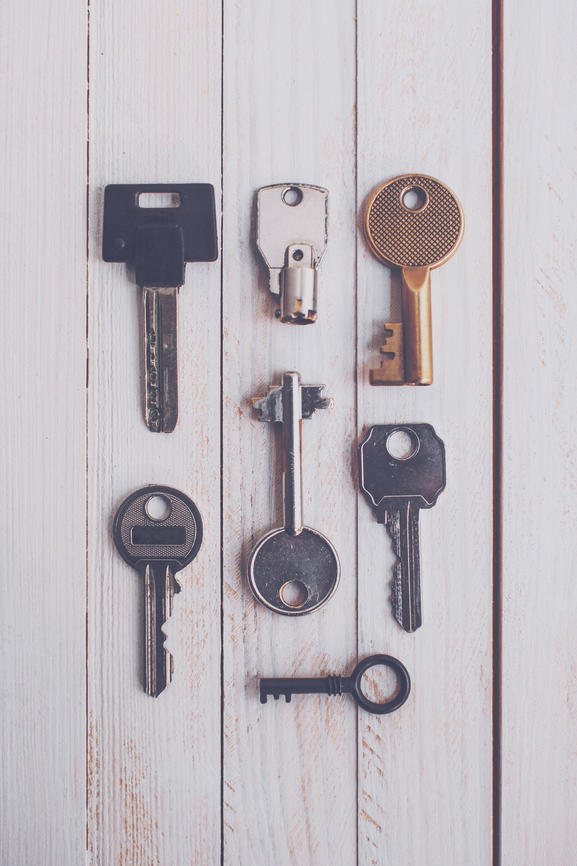Question of the Week
What’s next for government stimulus?
Happy Friday, all! And happy end of July!
With as much as 2020 has thrown at us, it’s a bit surreal another month has gone by so fast. The end of July is particularly significant because a lot of the initial government stimulus due to Covid-19 is set to expire, including the extra $600/week for unemployment, the federal moratorium on evictions, and the extension of the Paycheck Protection Program. As the pandemic regains momentum, many of you are asking what’s the government going to do next.
The Senate gave us a peek at its long-awaited Health, Economic Assistance, Liability Protection, and Schools (HEALs) Act proposal this past Monday, and as before there are a lot of moving parts. Small business owners can celebrate the renewal of the Paycheck Protection Program Act and the new potential for Second Draw Loans for businesses that have already received funding. However, another new loan proposal that went largely unnoticed may actually have more impact. Changes to the Loan Guaranty program for Recovery Sector Business Concerns proposed by Senator Marco Rubio of Florida has the potential to help sustain small businesses for years to come.
The new loan terms
Section 112 of Rubio’s bill makes changes to the 7(a) Loan Guaranty program for Recovery Sector Business Concerns. The Small Business Administration (SBA) administers several programs to support small businesses, including the loan guaranty programs designed to encourage lenders to provide loans to small businesses “that might not otherwise obtain financing on reasonable terms and conditions.” According to the Congressional Research Service, the SBA’s 7(a) loan guaranty program is considered the agency’s flagship loan program.
This new proposal improves the terms of 7(a) loans for seasonal businesses and businesses located in small business low-income census tracts. The loan terms allow borrowers to receive a loan of up to two times annual revenues, up to $10 million, for up to 20 years at an interest rate of one %. This is significantly more money than the PPP second Draw Loans mentioned earlier in the bill that are capped at 2.5 times average total monthly payroll costs in the one year prior to the loan, up to $2 million. Additionally, it’s more money than the Economic Injury Disaster Loans (EIDLs) that were capped at $150,000 at 3.75% interest rate with a maturity rate of 30 years.
To be eligible for a loan the business must:
- be a small business concern as defined by the SBA size standards;
- employ 500 or fewer employees; and
- demonstrate at least a 50 % reduction in gross revenue in the first or second quarter of 2020 quarter relative to the same 2019 quarter; and a) be a seasonal employer seeking a loan not greater than $1 million; or b) have their principal place of business in, and at least 50 % of their income derived from, a small business low-income census tracts subject to additional limitations in the tract’s median family income.
Loan amounts are much larger, but that’s not all these loans offer:
- You can use them to finance working capital, acquire fixed assets, or refinance existing debt.
- You don’t have to prove you can’t borrow elsewhere
- You can defer principal and interest payments for at least two years, and the Administrator has the authority to extend that deferment for an additional two years. The SBA would continue to make interest payments without regard for deferment.
- There are no borrower or lender fees
- Banks will be eager to participate since the SBA guarantees 100% of loan value and pays lenders up to 3% of the principal amount of the loan up to $350,000 and one % of the principal thereafter.
Quote of the Week
“If you’re walking down the right path and you’re willing to keep walking, eventually you’ll make progress” – Barack Obama
Task of the Week
Spend some time catching up on potential next steps for government stimulus. Here are some insights from me, as well as fellow Forbes contributors and staff:
- Senate Proposed Loan Guaranty Program Offers Better Long-Term Relief than PPP
- As $600 Weekly Unemployment Benefits Expire, Here’s The Latest on When More Relief Could Come
- Think The Senate Funding Bill Is Just About COVID-19? Think Again
- Forget Crashing Q2 GDP: Growing Unemployment Filings Are The Real Scare Factor





